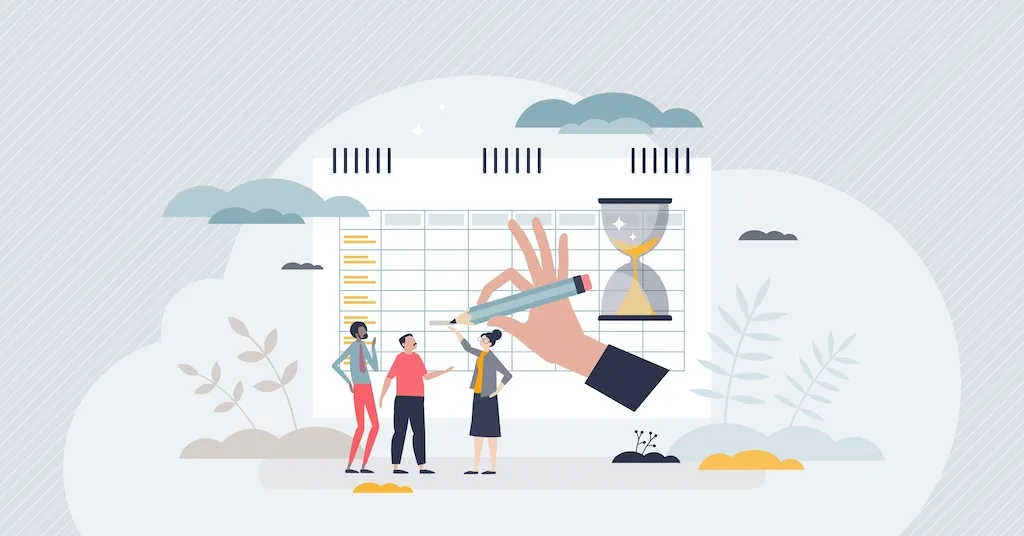This year, the Australian Taxation Office (ATO) is taking a firmer and more proactive approach to fringe benefits. It’s not just about ensuring they are declared, but that they’re declared correctly. In simple terms, a fringe benefit is a perk provided to an employee that’s not part of their regular wage — an incentive to motivate and retain talent.
Fringe benefits can come in many forms, but the most common include:
- Personal use of a company car
- Entertainment expenses
- Rent or mortgage payments
- Private health insurance
- Gym memberships
- Gifts
The $300 Threshold: What You Need to Know
Each Fringe Benefits Tax (FBT) year runs from the 1st of April to the 31st of March, and there’s a $300 allowance per employee. This means you can provide benefits worth less than $300 without incurring FBT. However, there’s a catch: if you choose this route, you won’t be able to claim a GST credit or an income tax deduction.
For example, if you, as the employer, catered a Christmas party at $200 per employee for 10 employees, you’d incur $2,000 in costs. While this wouldn’t attract FBT, it would also be non-deductible and ineligible for GST credits.
Common Mistakes: Dual Cab Vehicles
One common mistake we see employers make is assuming their dual-cab vehicle is a “commercial vehicle” and thus exempt from FBT. While some dual cabs may indeed qualify as commercial vehicles, many don’t meet the ATO’s criteria (as discussed in MT2024). To minimise your FBT liability (which is payable only on the private use portion), we recommend maintaining a current and valid logbook to track the split between business and private use of the vehicle.
Logbooks can be purchased at newsagencies, Officeworks, or even set up using a simple Excel spreadsheet. You need to record vehicle use for twelve continuous weeks, and once completed, the logbook is valid for up to five years.
Steps to Ensure FBT Compliance
To ensure you’re FBT-compliant, follow these simple steps:
- Review the benefits provided to employees between 1st April 2024 and 31st March 2025.
- Send the list to your accountant for review.
Your accountant will likely ask for additional documentation, such as logbooks or payroll reports, and will calculate any FBT liability. Even if you’re under the $300 allowance per employee, it’s worth completing this process. Having these records ready, in case the ATO raises a query, will save you time and provide peace of mind.
At the end of the day, you want to focus on growing your business, not scrambling for compliance records years down the road. So, why not take action now and become FBT-compliant today?




